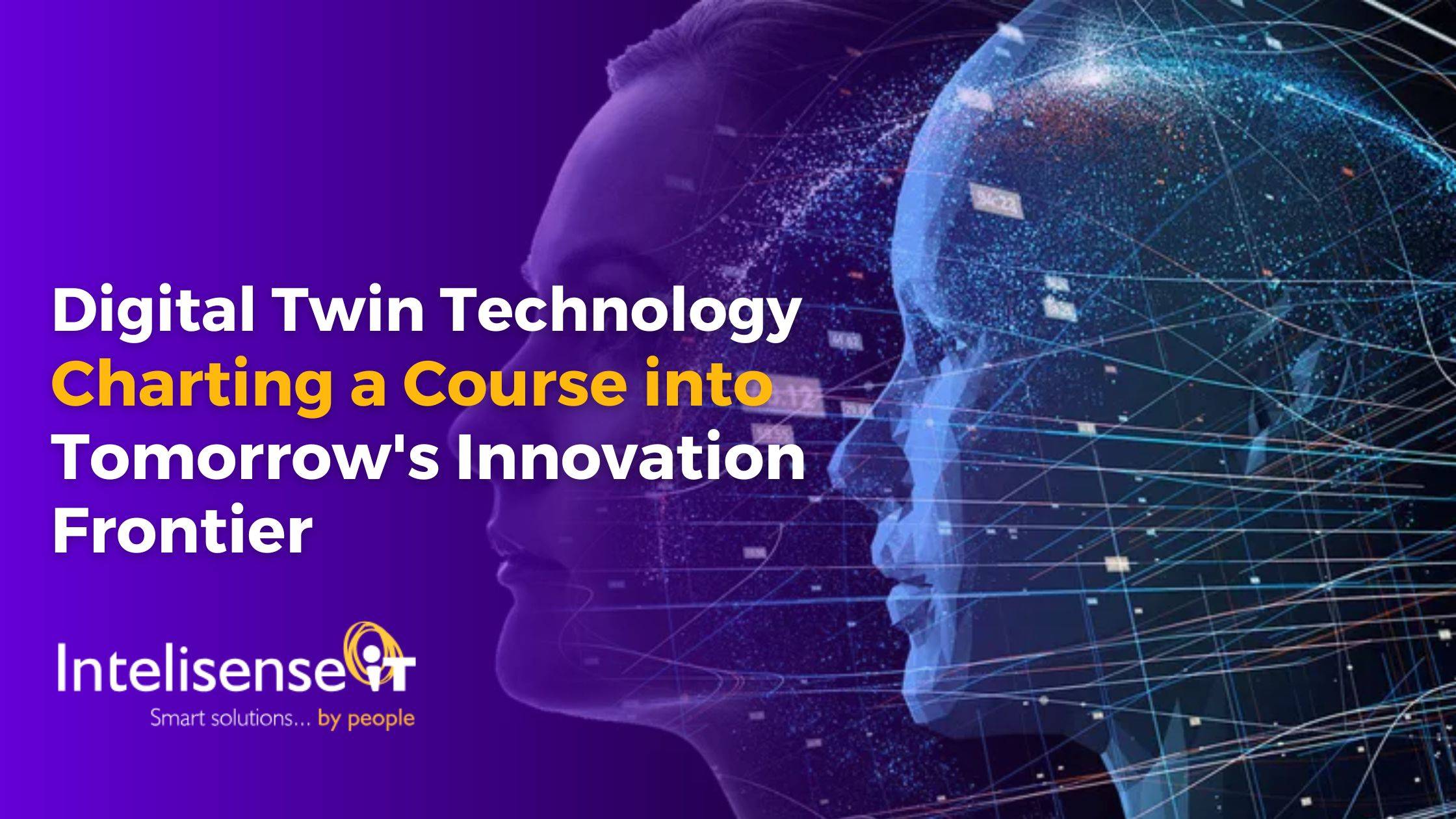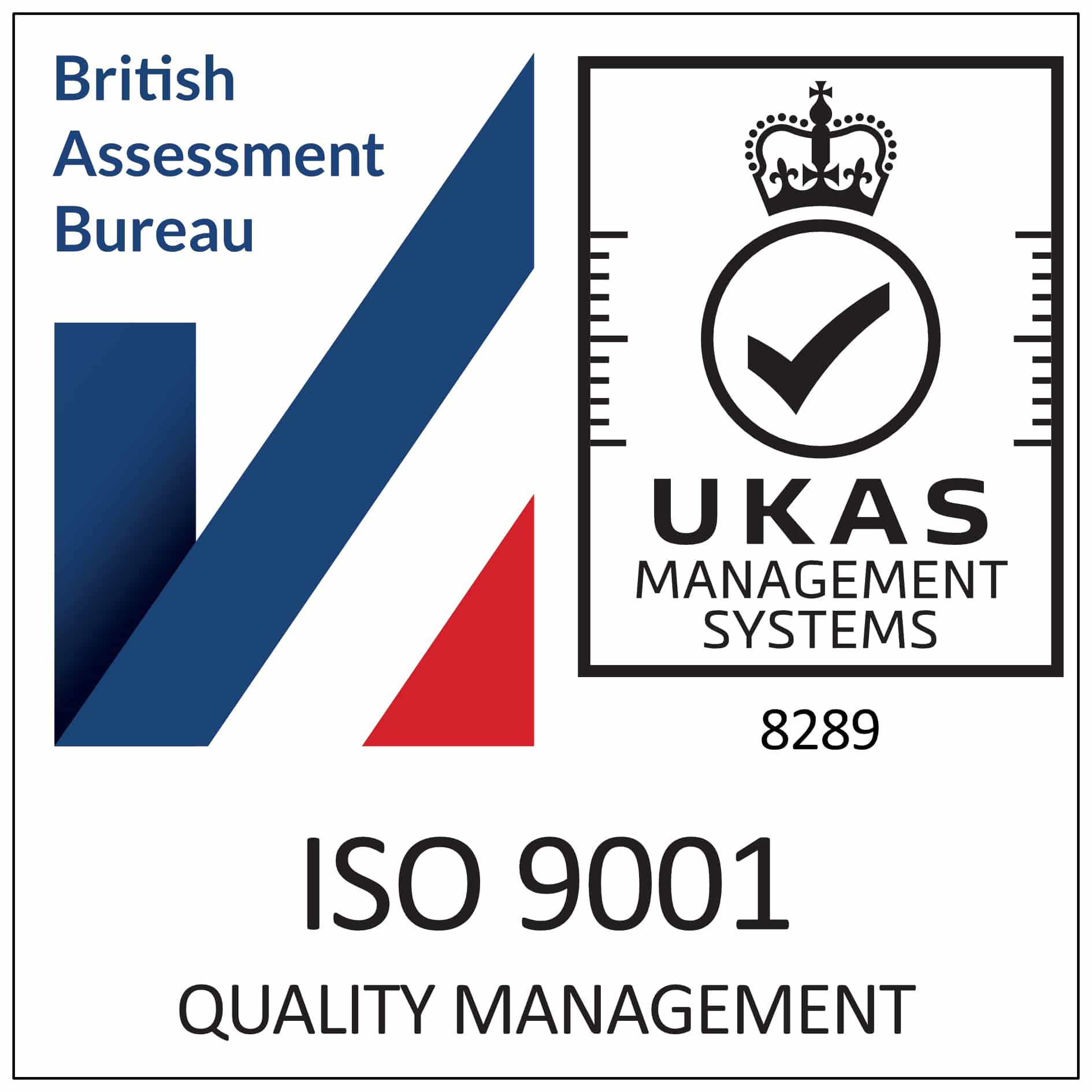Introduction
In the tech world, a groundbreaking innovation has surfaced, causing waves across industries and poised to redefine how we conceive, manage, and improve systems. Welcome to the domain of Digital Twin technology an ingenious concept that has moved beyond the realms of science fiction to become a tangible reality, fundamentally transforming our engagement with both the physical and digital dimensions. In this blog post, we’ll delve into the intricacies of Digital Twin technology, exploring its applications, benefits, and the transformative impact it is having on diverse sectors.
Understanding Digital Twin Technology

At its core, a Digital Twin is a virtual replica of a physical entity, be it a product, system, or process. This digital counterpart is not a mere static model but a dynamic representation that evolves in real-time, mirroring changes and updates in the physical world. The seamless integration of the physical and digital realms enables organisations to gain unprecedented insights, make informed decisions, and optimise performance across various domains.
Applications Across Industries

1. Manufacturing Excellence
Digital Twins are revolutionising the manufacturing sector by providing a holistic view of the entire production lifecycle. Manufacturers can simulate, analyse, and optimise processes in the virtual realm before implementing changes in the physical environment. This results in improved efficiency, reduced downtime, and enhanced product quality.
2. Smart Cities and Infrastructure
In urban planning, Digital Twins are instrumental in creating and managing smart cities. City planners can simulate various scenarios, monitor infrastructure in real time, and proactively address potential issues. From optimising traffic flow to managing energy consumption, Digital Twins contributes to building more sustainable and resilient urban environments.
3. Healthcare Innovation
Digital Twins are making waves in personalised medicine and healthcare. Patient-specific Digital Twins enable accurate simulations for treatment planning, surgery, and drug development. This individualised approach enhances the efficacy of medical interventions, leading to better patient outcomes.
4. IoT and Connected Devices
The Internet of Things (IoT) has found a perfect companion in Digital Twin technology. Organisations can monitor, analyse, and optimise performance remotely by creating digital replicas of connected devices. This not only streamlines maintenance processes but also enhances the overall efficiency of IoT ecosystems.
Benefits of Digital Twins

1. Real-time Insights
Digital Twins provide real-time data and insights, enabling organisations to make data-driven decisions promptly. This agility is particularly valuable in industries where rapid responses to changing conditions are critical.
2. Predictive Analytics
By leveraging historical and real-time data, Digital Twins empowers organisations to predict potential issues and proactively implement preventive measures. This predictive capability minimises downtime and reduces the likelihood of costly disruptions.
3. Efficient Collaboration
Digital Twins facilitate collaboration among teams, departments, and even organisations by providing a shared, interactive platform. This collaborative environment enhances communication, accelerates problem-solving, and fosters innovation.
4. Lifecycle Optimisation
From conceptualisation to decommissioning, Digital Twins cover the entire lifecycle of a product or system. This comprehensive perspective allows organisations to optimise performance, improve sustainability, and extend the lifespan of assets.
The Role of Digital Twin Platforms: Microsoft Azure Digital Twins

As the demand for Digital Twins continues to rise, advanced platforms are emerging to support their development and deployment. Microsoft’s Azure Digital Twins is a prime example, offering a scalable and secure environment for creating comprehensive digital models of physical environments.
Azure Digital Twins enables organisations to:
- Modelling the relationships and interactions between different components of a system.
- Visualise and analyse data in a 3D representation of the physical world.
- Integrate with IoT devices to gather real-time data for accurate simulations.
- Collaborate across teams and departments to optimise processes and make informed decisions.
Conclusion
Digital Twin technology has transcended the realm of innovation to become a cornerstone of digital transformation across industries. As we navigate the complexities of the future, the ability to create, manage, and derive insights from Digital Twins will play a pivotal role in shaping a more efficient, sustainable, and interconnected world. Embracing this transformative technology is not just a choice; it’s a strategic imperative for organisations aspiring to thrive in the dynamic landscapes of tomorrow. The Digital Twin revolution is underway, and the possibilities are limitless.




